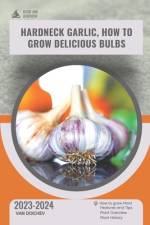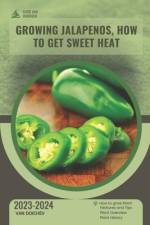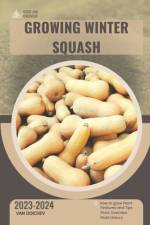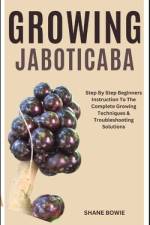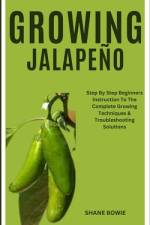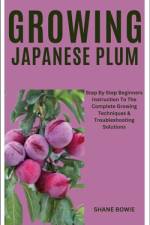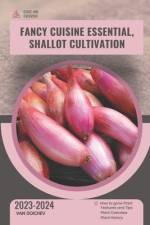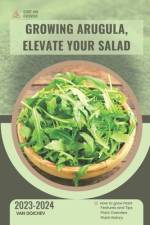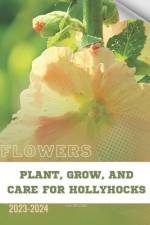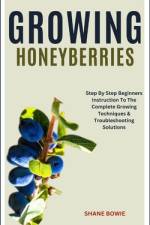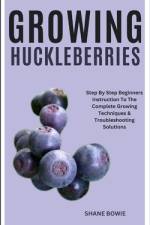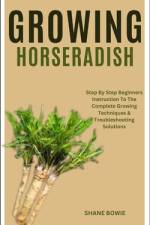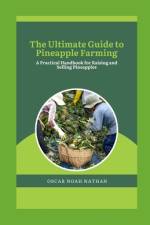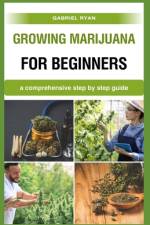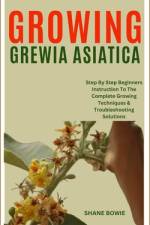- Preparing for Pandemics, Power Outages, Economic Collapse, Natural Disasters, and Other Threats
av Thomas a Smith
259,-
Prepare your home and family for any life-threatening catastrophe with this comprehensive guide, drawing on a wealth of techniques, strategies, and DIY projects from a seasoned prepping expert. Unlike typical preparations for short-term disasters like hurricanes or earthquakes, this guide goes beyond, addressing the critical aspects of surviving widespread social collapse triggered by pandemics, grid failures, or other prolonged crises.While government pamphlets and conventional prepping books focus on enduring emergencies until normal services are restored, "The Ultimate Prepper's Guide to Surviving Any Crisis" is a transformative resource. It empowers you to thrive when nothing returns to normal for weeks, months, or even years. The key features of this guide include: Practical Water Collection: Learn effective methods for collecting water essential for drinking and hygiene. This guide goes beyond basic tips, providing practical solutions for long-term water sustainability, a critical aspect of survival during extended crises.Storing, Growing, Hunting, and Foraging for Food: Discover comprehensive strategies for ensuring a sustainable food supply. From efficient storage techniques to cultivating your own food, hunting, and foraging, this guide equips you with the knowledge and skills necessary to secure nutrition when traditional sources are disrupted.First Aid and Medical Treatments: In situations where access to medical professionals is limited or nonexistent, this guide offers practical first aid and medical treatments. Learn how to address injuries and illnesses when there's no doctor available, ensuring the health and well-being of your family in challenging circumstances.Techniques and Tactics for Fortifying and Defending Your Home: Explore effective methods for fortifying your home and implementing defense strategies. In a prolonged crisis, securing your living space becomes paramount. This guide provides insights into fortification techniques and tactics to safeguard against potential threats.Community-Building Strategies: Surviving extended crises requires more than individual preparedness; it necessitates community resilience. This guide outlines community-building strategies, offering insights into creating a new societal framework. Learn how to collaborate with neighbors, share resources, and establish a supportive network for long-term survival.Embrace "The Ultimate Prepper's Guide to Surviving Any Crisis" as your indispensable companion on the journey to preparedness. Gain the knowledge and confidence to navigate the complexities of pandemics, power outages, economic collapse, natural disasters, and other threats, emerging resilient and resourceful in the face of unprecedented challenges.


